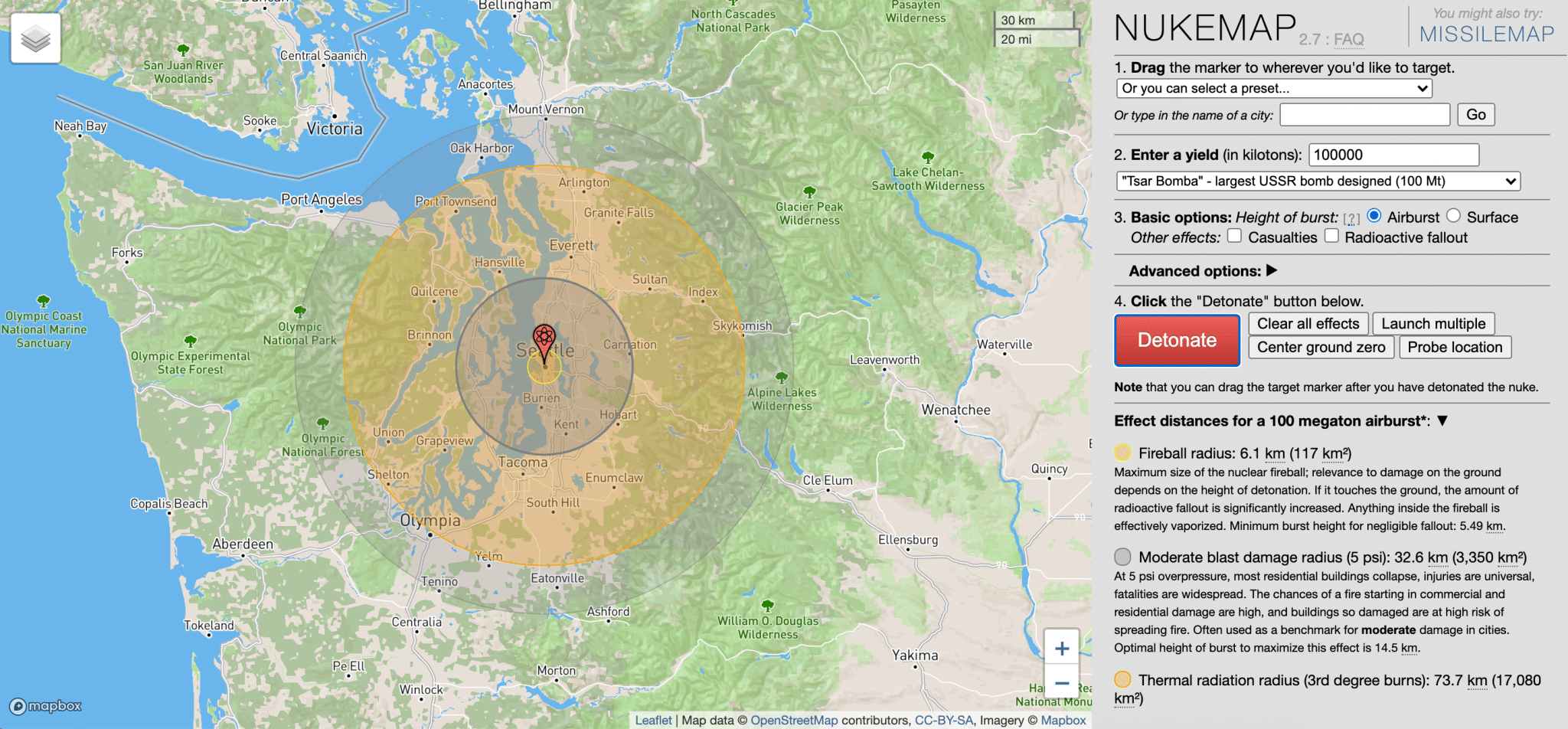

Eventually, some 19,000 of them would become shelters. In New York alone, the Army Corps of Engineers contracted with 38 architectural firms to inspect 105,244 large buildings. The 3M corporation (best known today as the maker of Scotch tape and Post-It notes) manufactured 400,000 shelter signs, for which Uncle Sam paid less than a penny apiece. Blakeley of the Army Corp of Engineers, the signs featured three yellow triangles inscribed in a black circle-an arresting image approved by government psychologists.Īs a test, Blakely had envisioned the signs put up in downtown Manhattan “when all the lights are out and people are on the street and don’t know where to go.” And since half of Americans at the time were smokers, Blakeley specified the use of yellow reflective paint to make the signs visible in the glow of a cigarette lighter. Pittman, give “our presently unprotected population some form of protection.”Īmericans got their first look at that protection in January of 1962, when fallout-shelter signs began appearing in 14 cities across the country.

While fallout shelters would do nothing to safeguard people from an actual bomb, they would, in the words of JFK’s civil-defense chief Steuart L. But the price tag for those was prohibitive ($200 billion by one estimate), so the feds opted for the next-best thing: shelters that would shield citizens from the radioactive particulates likely to be blowing around in the weeks after an attack. A surer way to protect Americans from a nuclear attack-which, with the Berlin crisis of 1961, looked increasingly possible-was to build reinforced-concrete blast shelters around the nation that could actually withstand an explosion. Kennedy was privately skeptical about the value of a public shelter program. They are the products of an ill-conceived program, designed to appease a population with little faith in that program even working.

They’re tangible artifacts of that era.”Īnd though their original purpose has vanished, the signs still have much to say. “They outlasted everything, including the Berlin Wall.

“They’re an enduring symbol of the Cold War,” says popular-culture historian Bill Geerhart, who since 1999 has maintained, a meticulous chronicling of the duck-and-cover era. The Fallout Shelter Sign Design Was Approved by Government Psychologistsĭented and faded now, the Kennedy-era fallout shelter signs still cling to the sides of buildings across the country. Men install fallout shelter sign in Chicago.


 0 kommentar(er)
0 kommentar(er)
